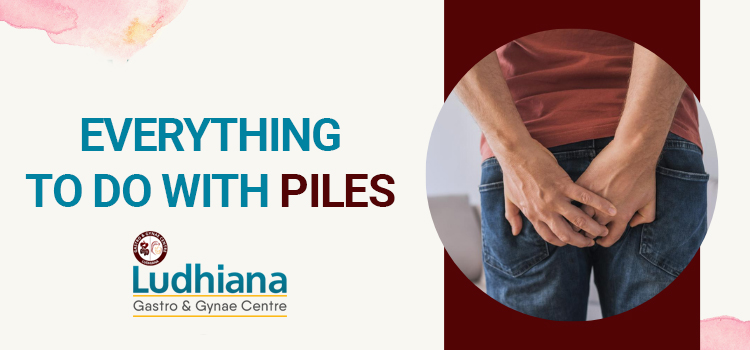Piles
Piles are also known as hemorrhoids which are swollen veins present inside the rectum or outside the anus area. It can lead to itching, pain, and rectal bleeding. Just the at-home treatment can make the condition better. The condition is likely to result in irritating symptoms. The problem is likely to occur in people after the age of 50 and even younger people specially in theose having constipational
Who is at increased risk of getting piles?
Well! The condition can occur in anyone and you are likely to be at more risk due to the following problems:
- Overweight or obese
- Pregnant
- Chronic constipation or diarrhea
- Lifting heavy objects way too much
- Sit on the toilet seat for a long time
- Diet contains less amount of fiber
What are the different types of piles?
Piles or hemorrhoids are divided into different categories which are mentioned below:
- External
You have swollen veins which are present below the anus area. The external piles are likely to result in pain and itching. It might be possible you experience bleeding.
- Internal piles
Inside the rectum region, there is the presence of swollen veins. This condition is likely to result in bleeding but it won’t lead to any sort of pain.
- Prolapsed
Both the above types can come under the prolapse which means it is well outside the anus and is stretched. This condition is likely to bleed & result in excess pain.
What are the causes of hemorrhoids?
When excess train or pressure is put on the rectum or anus area the pile’s condition is likely to trigger. If excess pressure is put down then there are increased chances of experiencing swelling & inflammation. The chances of pile increases due to:
- Experiencing pelvic pressure due to weight gain (Cjanes are higher during pregnancy)
- Lifting heavy objects
- Bowel movement is pushed way too hard
What are the major signs & symptoms of piles?
Depending on the pile’s type you will experience symptoms. The internal hemorrhoids do not cause any pain, whereas external piles might lead to bleeding, and prolapse piles will lead to pain & might lead to excess discomfort.
What are the necessary tests performed to diagnose piles?
The symptoms are checked & later physical examination is done. The necessary tests which can be performed are:
- Digital rectal examination
- Anoscopy
- Sigmoidoscopy
What can I do to prevent piles?
With old age, you have increased chances of getting diagnosed with piles. There are different steps which you can take to prevent this condition like:
- Increase the intake of water
- Don’t sit for too long in the toilet seat or never push too hard
- Increase intake of fiber-rich food in your diet
- You need to keep yourself active
- Do not have too many laxatives


